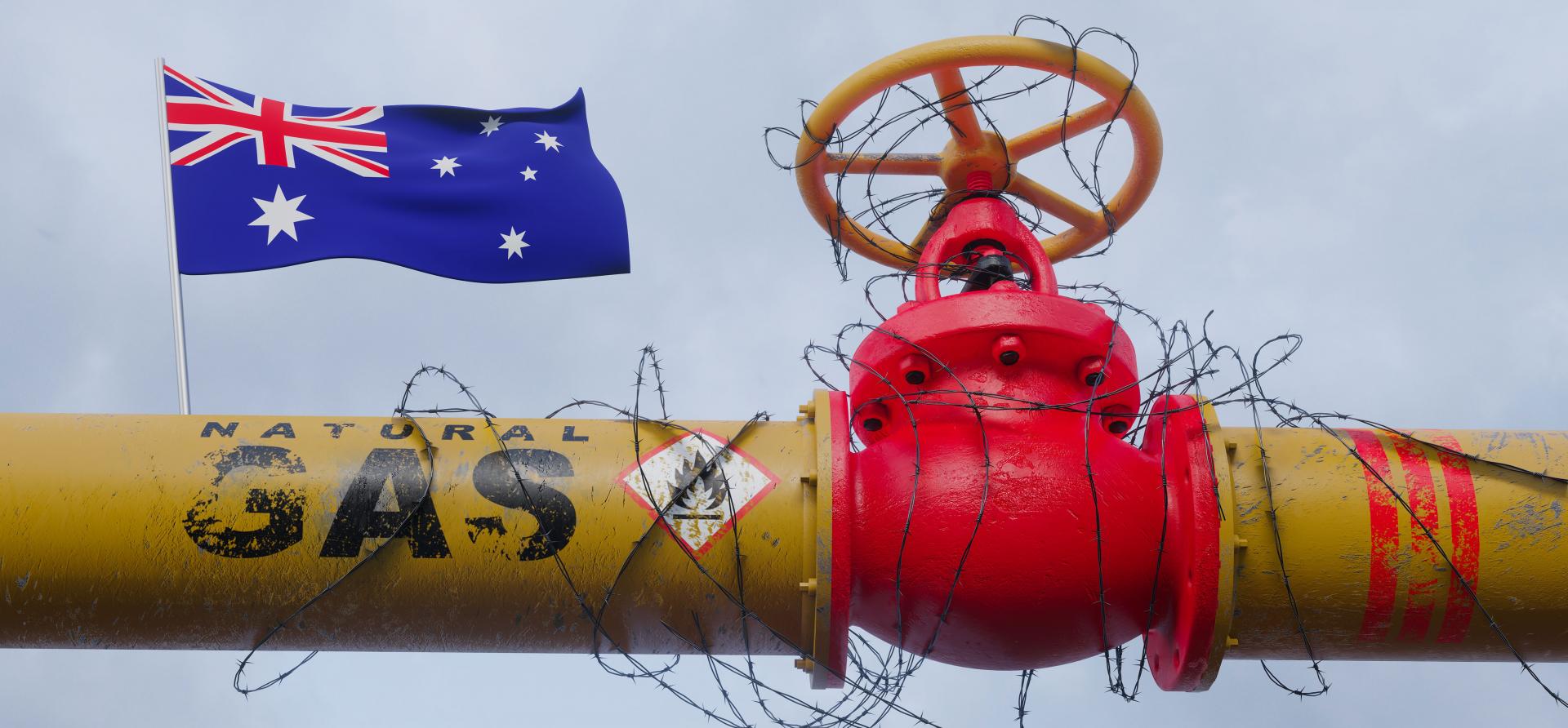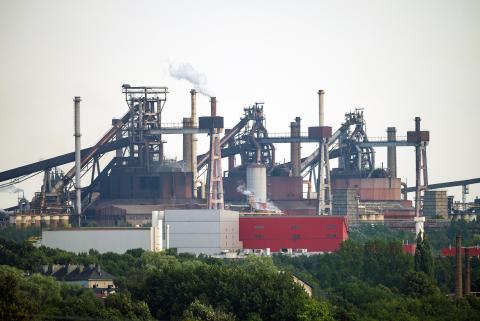
Key Findings
AEMO has warned of imminent gas supply shortfalls in its latest Gas Statement of Opportunities (GSOO), yet it also reveals significant reductions in domestic gas use.
Analysis by IEEFA raises questions over AEMO’s forecasts regarding gas demand for power generation.
Recent developments may see residential gas demand declining more steeply than AEMO’s projections, while the need for new investments to avoid near-term supply shortfalls may be overstated.
The GSOO only considers supply-side investments to address future gas supply shortfalls, but IEEFA has found these could be met cost-effectively through demand-side.
In its latest Gas Statement of Opportunities (GSOO), the Australian Energy Market Operator (AEMO) warns of upcoming gas supply shortfalls, yet it also reveals significant reductions in domestic gas use. In addition, there remains continued uncertainty over AEMO’s gas power generation (GPG) forecasts.
“There is no shortage of gas in eastern Australia,” explains IEEFA gas analyst Kevin Morrison. “Three-quarters of the gas produced in the region is used as feedstock for liquefied natural gas (LNG) exports, or is consumed in converting gas to LNG.”
Nonetheless, AEMO has warned that southern regions of Australia may struggle to access gas as production from Bass Strait basins decline.
Central to AEMO’s forecast gas supply crunch is a significant increase to the long-term forecast for GPG. However, IEEFA finds these forecasts carry a high amount of uncertainty, and previous AEMO forecasts have overestimated the demand for GPG in the National Electricity Market (NEM).
Morrison adds: “In the 2023 GSOO, the NEM-wide forecast gas use for power generation was 73 petajoules (PJ), or 54% higher than actual 2023 total GPG consumption. AEMO has conceded that ‘GPG forecasts are variable and depend on various factors in the NEM which are challenging to predict’, which leaves the possibility open for further overestimation.”
IEEFA analysed AEMO’s latest GPG forecasts in its recent Submission to AEMO’s 2024 Draft Integrated System Plan (ISP), finding that they needed further qualification.
“There were significant changes in AEMO’s modelling assumptions that relate to GPG and competing technologies such as utility-scale storage, that were not adequately discussed in AEMO’s draft ISP,” says IEEFA electricity analyst Jay Gordon.
“Additionally, it’s unclear whether high levels of GPG would still be cost-effective for energy consumers if the costs of upstream developments needed to mitigate gas supply shortfalls are taken into account.”
The 2024 GSOO forecasts that gas demand in buildings and industry is likely to decline quicker than previously forecast. However, recent developments suggest that residential demand may face even steeper declines.
“In New South Wales (NSW), updates to the Energy Savings Scheme have seen heat pump hot water system sales increase four-fold over the space of a year,” says Gordon. “If the current rate is maintained, this would be enough to fully electrify all gas hot water systems in NSW by 2050.
“Policies under consideration in Victoria also open up the opportunity for further gas demand reductions in the near term, in the state with the highest level of residential gas consumption.”
On the supply side, IEEFA finds that the need for new investments to avoid near-term supply shortfalls may be overstated. AEMO has raised its peak day production forecast from the Gippsland basin offshore Victoria. Even after the forecast retirement of Longford Gas Plant 1 in mid-July, this would still put it above the average daily gas output through the Longford plant between 2013 and 2022. Gippsland production (including Orbost) forecasts for 2024 are also higher than in the 2023 GSOO.
“There are several gas projects that are deferred or delayed but could still come onstream in the scenario of a shortfall in 2028, with Beach Energy’s Enterprise and Thylacine fields, expected to get the go-ahead later this year,” says Morrison. “Comet Ridge’s anticipated Mahalo and Mahalo North developments are also other potential domestic supply options, as is Senex’s Atlas and Roma North expansions, as well as APLNG’s Ironbark development.”
The GSOO only considers supply-side investments as options to address future supply shortfalls. However, previous IEEFA analysis has found that cost-effective demand-side measures like electrification and energy efficiency could more than eradicate the supply gap from previous forecasts. These interventions could reduce gas demand in the southern states by 42% by 2030, provided action is taken soon enough.
Given the declines AEMO has reported in domestic gas demand, and considerable uncertainty around the future role of gas power generation, demand-side measures still present a highly attractive option to avoid future gas supply shortfalls












